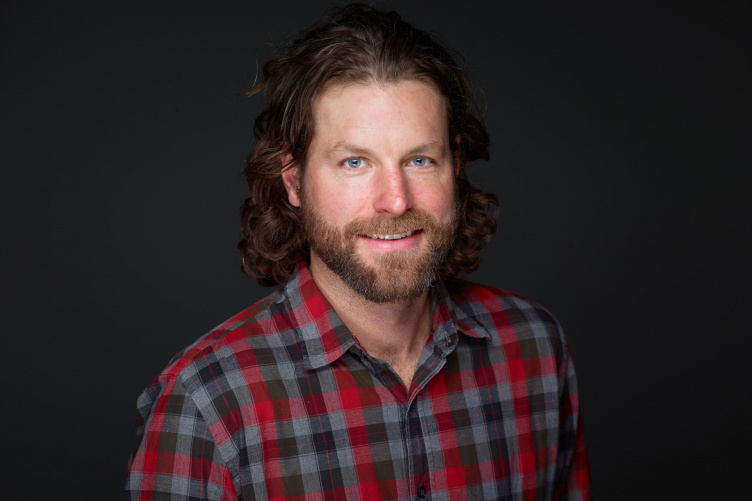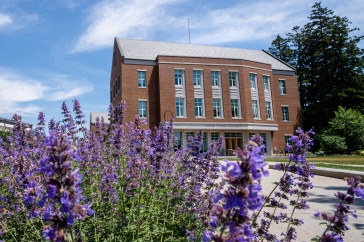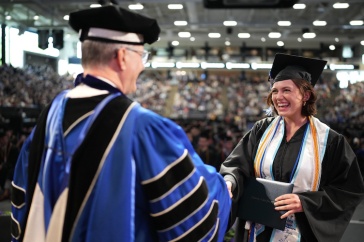
Conservation photographer and filmmaker Ronan Donovan '05
This is how you connect the dots on an uncharted career path: major in business with a minor in environmental conservation. Apply for jobs at a big name insurance company; get offered two, and realize before accepting either that it’s not the place for you. Not the vocation for you.
Spend eight months sleeping on your college roommate’s floor, selling lobsters wholesale and thinking about what’s next. Then, spurred by your love of the West and the great outdoors, take a job as a wildlife tech in Yosemite National Park monitoring spotted owls. Buy a camera to capture the experience. Wait for the light bulb to go off.
That’s how Ronan Donovan '05 found his way to becoming a conservation photographer and filmmaker. The Vermont native spent 2015 living in Yellowstone National Park documenting the story of the gray wolf as part of National Geographic magazine’s yearlong exploration of the country’s first national park.
Now a contributing photographer for the magazine, Donovan spent 10 years working as a wildlife field biologist, “learning photography along the way.”
Donovan was one of six photographers to work on the special issue that celebrated the 100th anniversary of the U.S. National Park Service. Each covered a different aspect of Yellowstone, traveling into areas of the 3,500-square-mile park that are off-limits to tourists. Originally, Donovan was brought on to assist one of the magazine’s staff photographers, but when another photographer had to drop out, Donovan took his place.
“It was definitely right-place, right-time,” the Bozeman, Montana, resident says. “I was incredibly fortunate to be in the field with the other photographers. It was a tremendous opportunity.”
Before the Yellowstone project, Donovan did work for the Public Broadcasting Service (PBS), traveling to Trinidad, Uganda and Spain to photograph the home-building habits of various birds and animals. In Scotland, he spent several weeks on a remote island filming puffins. And in 2011, he photographed chimpanzees in Uganda for a Harvard professor’s research project. That shoot served as an introduction to National Geographic. Now a contributing photographer for the magazine, Donovan spent 10 years working as a wildlife field biologist, “learning photography along the way.”
“When I started taking photographs of the spotted owls in Yosemite, I got really, really obsessed,” Donovan says. “I kept meticulous notes on settings, lighting. That’s when I decided I wanted to work with wildlife.”
Sometimes that means getting up close and personal with a species, and sometimes it means using camera traps (remote controlled cameras) to get the shot, a method he used with the Yellowstone wolves.
“Wolves are very social animals, but they’re very shy,” Donovan says. “Trying to get pictures of them together proved to be a challenge.”
But the challenge of getting the right shot, that great shot, is what motivates him, pushing him to try to tell a story in a way that someone else might not.
“I think about what assets I can bring to a story that no one else has. What angle can I take? Is it abstract or obvious? The wolves, yes, that was easy to figure out, but a tiny insect is different,” says Donovan, whose next gig will have him back in Uganda filming chimpanzees again, this time for National Geographic.
“With wildlife photographs, there are so many happy accidents,” he says. “You have limited access; you can’t control what wildlife will do. You have to think. I like that — the critical thinking, the challenge. I didn’t want to just sell pictures in galleries and make a living. I want to live the story."
-
Written By:
Jody Record ’95 | Communications and Public Affairs | jody.record@unh.edu

















































